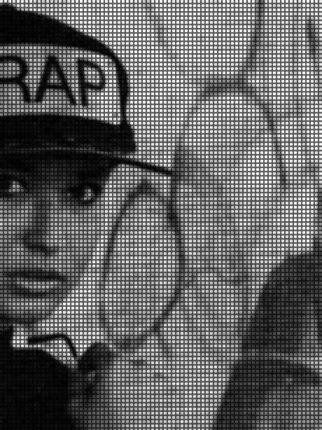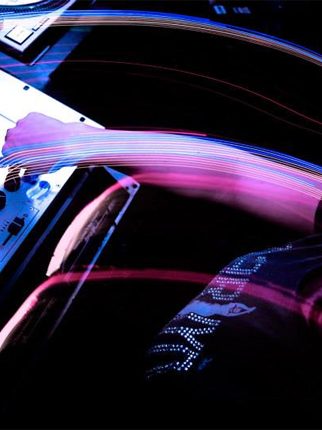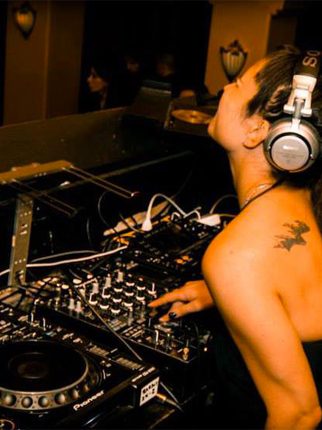So You Wanna Be a DJ #3: Choosing Sounds and Preparation
Welcome to the ongoing series So You Wanna Be a DJ by Charissa Saverio (aka DJ Rap).
Now you’ve got the basics and setup, and you’ve chosen your weapon. What really sets DJs apart from one another is their production. It doesn’t take a rocket scientist to mix two records together, but you have to acquire real skills to become a professional DJ/producer. What creates a fan base is your music.
Look at any of the greats and pioneers (yes, the heroes that started this—it’s not all about new blood)—like BT, Paul van Dyk, Erick Morillo, Deep Dish, Nic Fanciulli and Robbie Rivera—and you’ll see that none of them are just DJs. More or less any top DJ you look at will have a mini empire of their own, including their own sound, their own label. In fact, it takes a great, hard-working team to make a great DJ. So, what you really need to do is start making music. This is what’s going to get you gigs—well, good ones, anyway.
The first thing you should do is spend time listening to as many producers and DJs as you can and decide which direction you’d like to go. Pay close attention to the arrangement, as there is a formula to this. It really pays off to spend time listening to music and learning from your heroes, because it can take months to even years to really find your niche.
Because I use Ableton, I’ll be talking about how I use it to make music. This doesn’t mean, of course, that you can’t use one of the many other DAWs out there. There are plenty of other great platforms, some of which I have mentioned previously (Logic, Fruity Loops, Acid Pro, Reason, Nuendo, Cubase, etc.), that are great for music production as well.
Choosing Sounds:

This is really up to your personal taste, but starting with great sounds is key. Whether you’re making them from scratch or sampling, you’ll want to make sure the sounds are clean and undistorted and suit the mood you intend to create. I think less is more. One of the easy traps to fall into is using 46,000 sounds in one track, because you keep finding things that you like and you get too attached to the sounds to let them go. I try to keep my arrangements minimal, sometimes with as few as 10 tracks for the whole song. This gives each sound an opportunity to stake its claim in the sonic space it occupies, while also pushing me to make sure that my sounds are hands-down kick-ass every time.
For beginners, a great way to start sketching is to set a four-bar loop in your sequencer, and run through preset sounds—whether they be Apple Loops, Fruity Loops, synth presets, etc. Just getting into the groove of hearing what types of sounds complement each other is an invaluable tool. In fact, I know producers who make a great living never touching a computer, mixing desk or synth, but rather just knowing exactly the type of sound that will take a track to the next level.
When it comes to arrangement, drag a track you love into your arrangement window, set locators, and copy that arrangement until it becomes second-nature. Pick a successful track, not something your mate did on SoundCloud!
Once you’ve got an idea for the sonic experience you want to shower your listeners with and have identified the sounds that rustle your feathers, you’re ready to start laying down a groove.
Luv and bass…
After designing curricula for schools like Icon Collective, then teaching at Dubspot, DJ Rap launched her very own school, Music Tech Collective, on October 12.
Follow DJ Rap on Facebook | Twitter | SoundCloud





